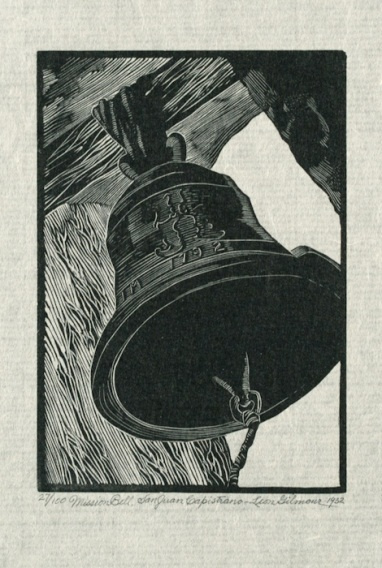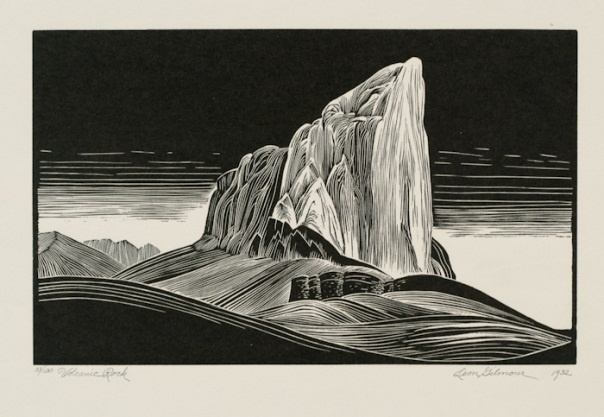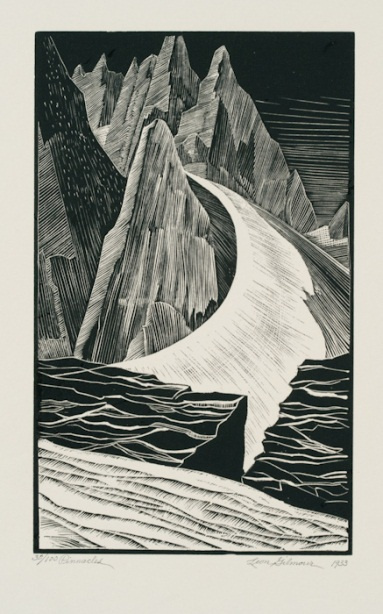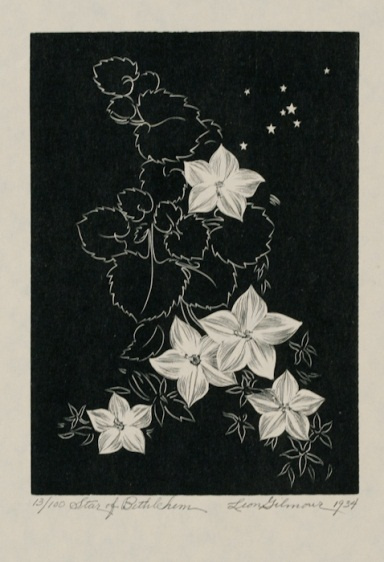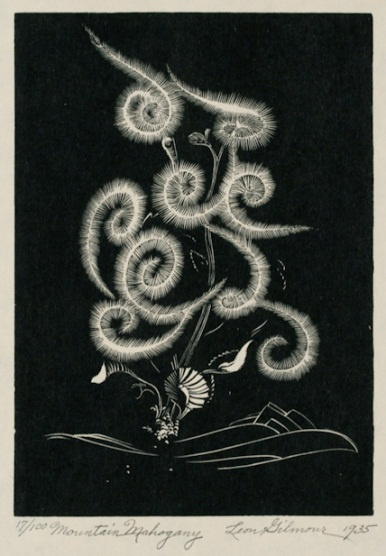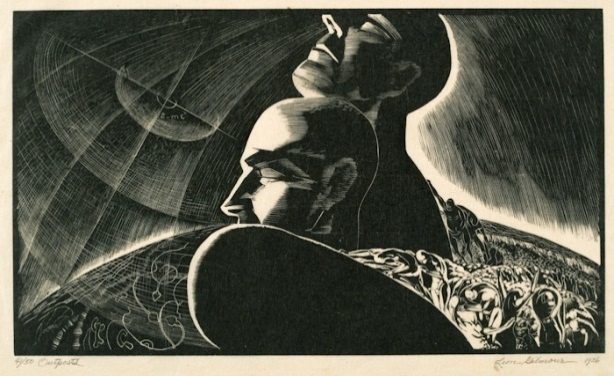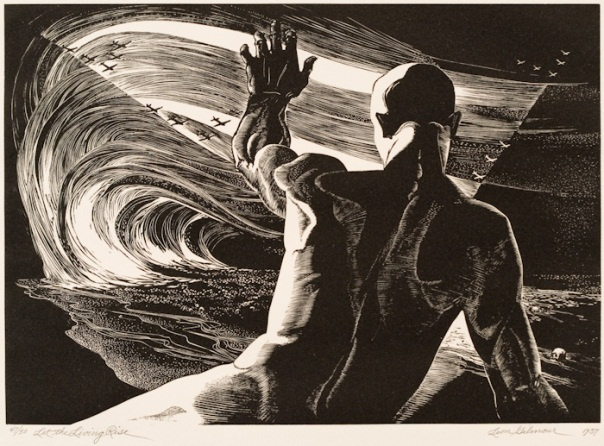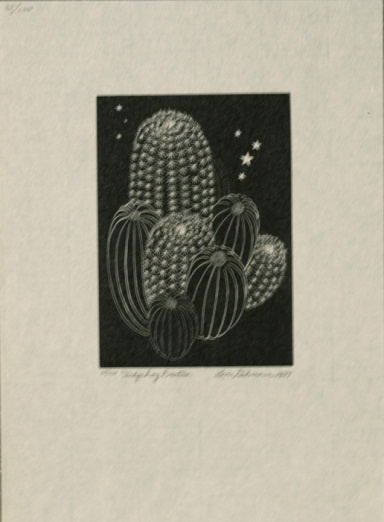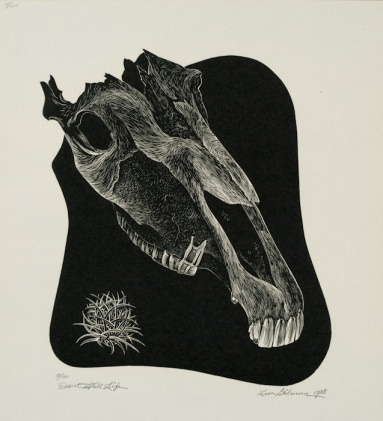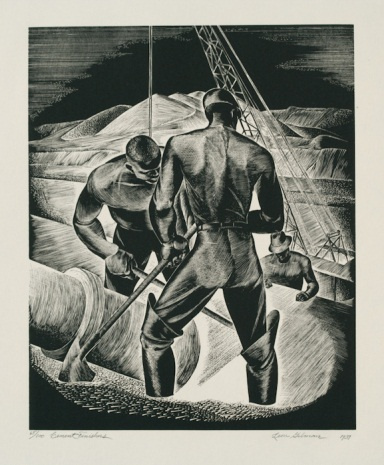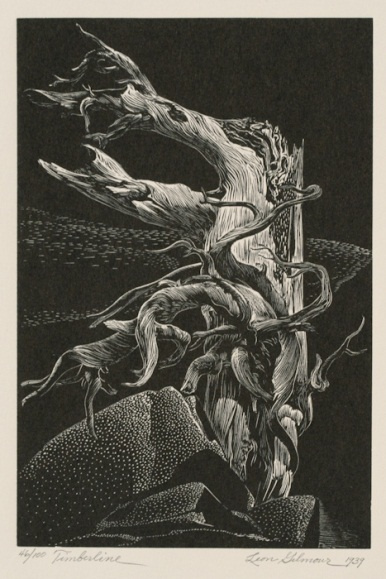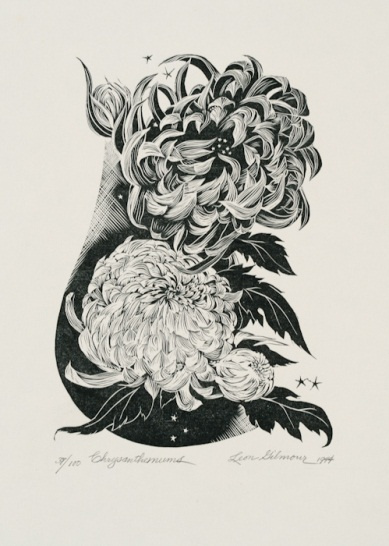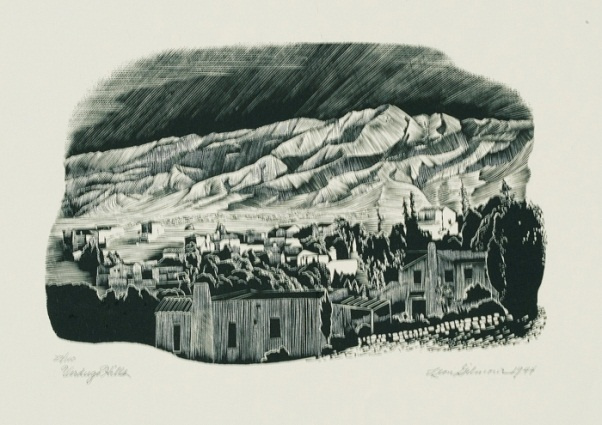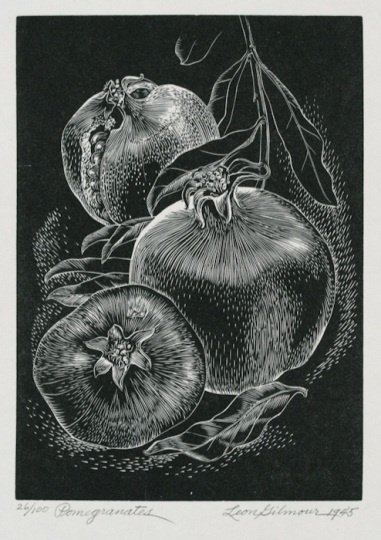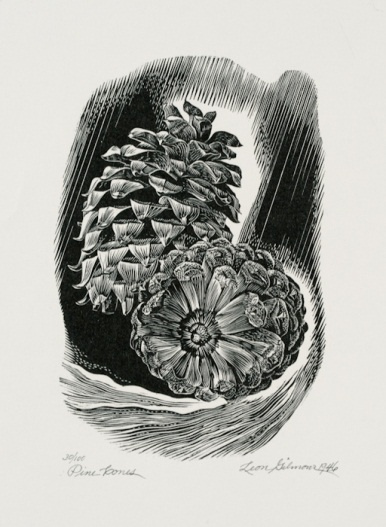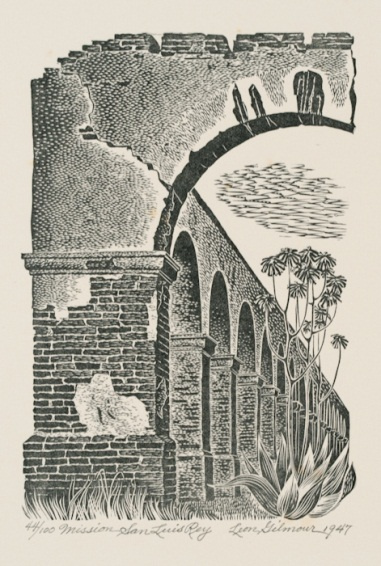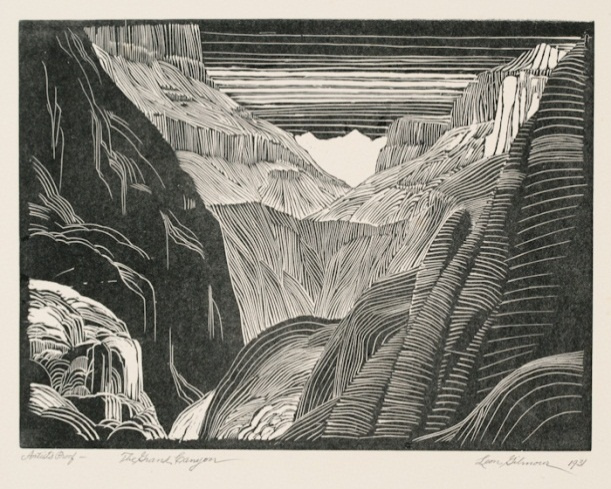Artist Spotlight: Leon Gilmour
Leon Gilmour championed the anonymous worker and celebrated manual labor in a distinctive body of wood engravings defined by a crisp style and meticulous lines. Gilmour emigrated with his family from Russia to the United States in 1916, passing through Ellis Island at the age of nine. Later in life, lacking the funds to complete his education, Gilmour sought employment first as a construction worker in New York, then as a field hand in the Midwest, followed by gold mining in Colorado, and finally driving a truck in Los Angeles, where, in 1931, he enrolled at Otis Art Institute. Unlike his contemporaries in this exhibition, Gilmour worked in the West, depicting the unique flora and terrain of the American desert and the early missions of California. At the end of the 1930s, Gilmour expressed his outrage against fascism in Europe and the bombing of the Spanish town of Guernica in the engraving Let the Living Rise (1937) (1984.32.08). Gilmour borrowed his title from a line in Irwin Shaw’s “Bury the Dead,” a play about the futility of war. The full line reads: “The dead have arisen, now let the living rise, singing.”

